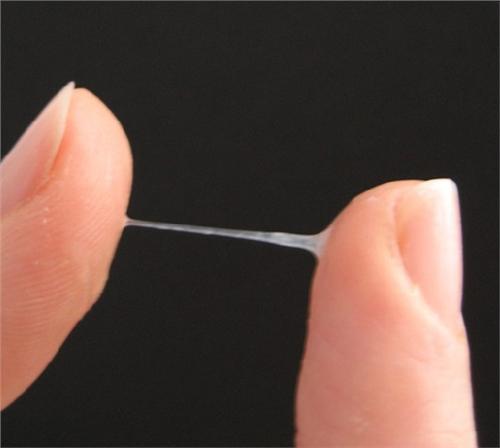
From the moment a woman gets pregnant, the one thing that she would be so eagerly anticipating is to see the face of her baby. Almost all women have concerns and worries about labour and labour pain. There will be a number of questions in er mind as to when and how will it happen? What will let me know if its time? Every birth is different, and so it is not possible to predict the right answers to these questions. Most women give birth between 37 and 42 weeks. But there’s no way to pinpoint exactly when labour will start. “Not knowing makes some women very anxious,” says Cooter. If you’re a first-time mum, you may not even realise when you’re officially in labour. It can be hard to distinguish Braxton Hicks contractions, also known as false contractions, from the real thing. But if your contractions gradually become stronger, last longer, and are getting closer together, the chances are that labour has begun. Even if you’re in true labour, it may take a while before you’re sure. Women feel labour coming in different ways. For some, it’s slow with lots of signals. For others, it comes in a rush with very little warning. If you’re unsure, it’s best to call your doctor.

Because contractions generally signal that labour is starting, they can be viewed as a warning sign. But having contractions before you’re due doesn’t necessarily mean that Baby has requested an early checkout.
Some women experience contractions even in their first trimester as their body starts to adjust to the changes that happen with pregnancy. The ligaments around the uterus stretch which can cause contractions. Other factors like dehydration, constipation and gas pains can also cause contractions. If the contractions are accompanied by spotting, bleeding or abdominal pain, you need to see a doc to rule out an ectopic pregnancy or a potential miscarriage.
Braxton Hicks contractions or false contractions are irregular contractions that might occur anytime during pregnancy. Most women won’t even notice them until sometime after mid-pregnancy. Braxton Hicks contractions or false pregnancy contractions can occur as you progress into your pregnancy. But Braxton Hicks contractions are infrequent, irregular, and painless. Sometimes Braxton Hicks contractions may be confused with early signs of preterm labour. So one needs to pay very close attention and never try to make the diagnosis yourself.

You may feel cramps and pain in your groin and lower back as labour nears if this is your second or third pregnancy. This happens because your muscles and joints start to stretch and shift in preparation for labour. For many women, backache would be there for several months during their pregnancy. However, when the pain becomes very hard to bear, it could be a sign that you’re experiencing “back labour,”. This is the case with almost one-third of women. Normally, during birth, the baby descends the birth canal with its face pressed against the mum’s spine. But in sometimes the baby might descend with its skull pressing the mum’s spine. This might result in constant pain that may radiate to the abdomen but will be more concentrated in the back.”

Most women have thoughts and dreams about suddenly going into labour in the middle of nowhere or sometimes labour happening in public places such as in the elevator, office cabin, movies or malls. It is a very rare scenario that the sac of amniotic fluid breaks before you start having regular contractions or actual labour pain. There won’t be a big gush of water even when your water breaks. There might be a small leak because the baby’s head acts as a plug that prevents all the fluid from leaking out. When the water breaks, it is a sign that your months of wait is over and that you are about to see that tiny human you have been carefully growing inside you. Nearly 80% of women spontaneously go into labour within 12 hours after their water breaks. And those who don’t are likely to be induced because the risk of infection increases once the amniotic sac has ruptured.

A plug of mucus closes the cervix during pregnancy. It’s nature’s way of protecting your baby from infection. But as you progress toward labour, the cervix begins to dilate and soften in preparation for delivery, causing what’s accumulated there to dislodge. The mucus, which can measure up to a teaspoonful, is dispelled as either a blob (called the “mucus plug”) or a runny smear. This discharge is usually brownish in colour, or you can experience blood-tinged mucus discharge. This is often referred to as the “bloody show”. Labour could start soon once you pass the mucus plug that blocks the cervix, or in a few days. It’s a sign that things are moving along.
The cervix thins out and grows bigger to make room for the baby to come out. The doctors usually mention words like “how far your cervix is effaced or thinned and how much it is dilated”. These usually mean that you are nearing labour. Your cervix has to be dilated at least 10 centimetres before you can start pushing to deliver your baby. You need to get to the hospital or birth centre as soon as the active phase of the first stage of labour begins. The first stage of labour is when the cervix dilates from 4cm to 10cm. For many women, the main sign is painful, regular contractions. These gradually become more frequent, longer, and stronger in intensity.
It is the most powerful creation to have life growing inside of you.There is no bigger gift